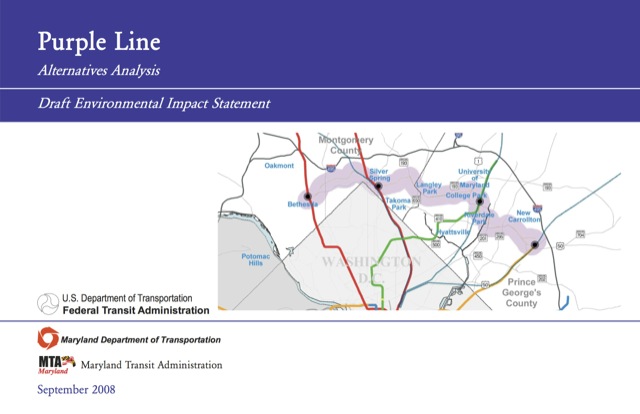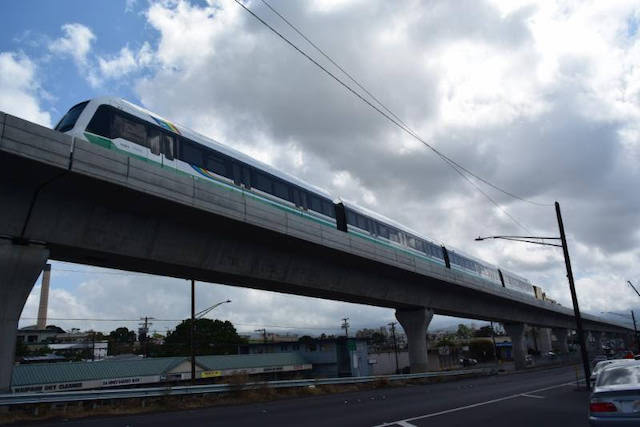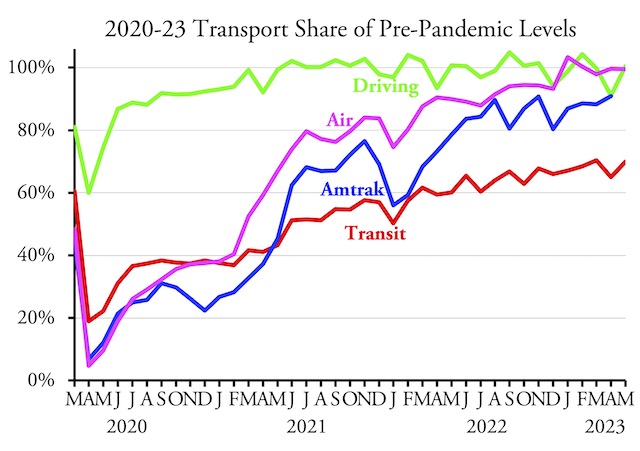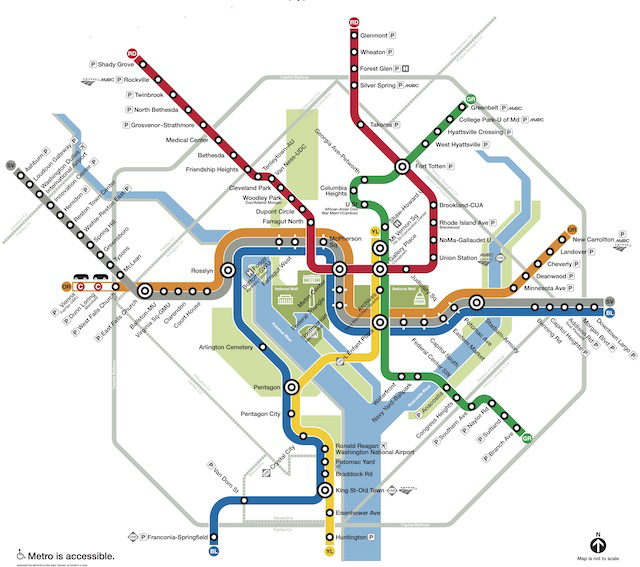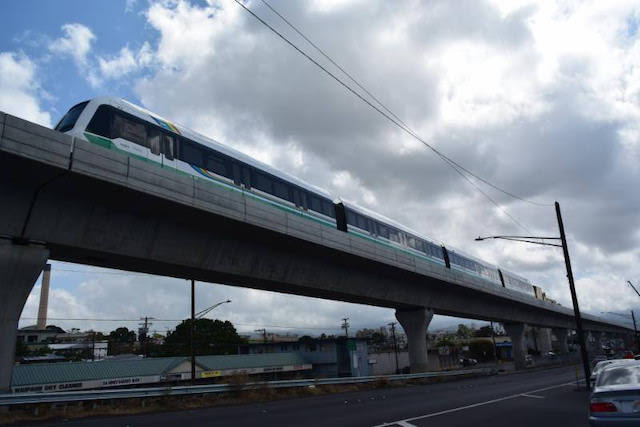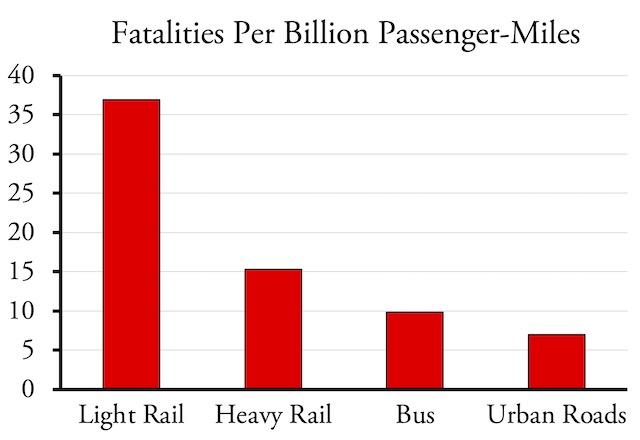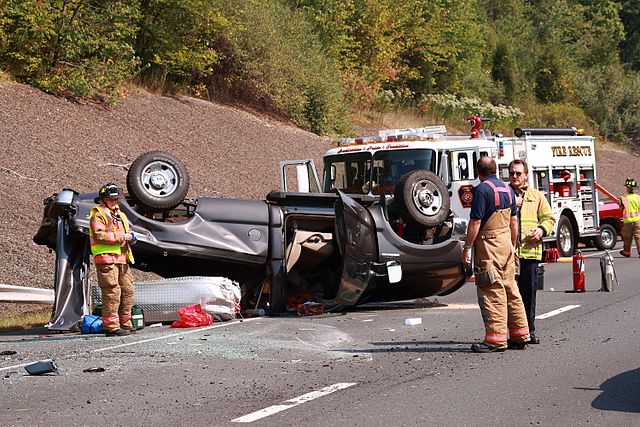Maryland state officials failed to indicate the slightest degree of embarrassment when they announced on Friday that the Maryland Purple light-rail line will be delayed again until Spring 2027 and cost an additional $148 million. When originally approved, the line was expected to cost just over $1.9 billion and to open in mid-2020. Even at that price it made no sense; although nobody but the Antiplanner read the full EIS, that document admitted that the line would significantly increase traffic congestion in Washington DC suburbs.
The executive summary of the Purple Line draft environmental impact statement implied that the purpose of the line was to reduce congestion, but a technical appendix calculated that it would make congestion far worse. However, hardly anyone but the Antiplanner bothered to read that appendix. Click image to go to a list of environmental documents and technical reports written for this boondoggle.
Now the line is $3.8 billion over budget, meaning it is costing about three times as much to build as originally projected. That number comes with a qualifier, however. Maryland is building the line through a public-private partnership in which it is contracting to the private partner to not only build it but to operate it for 30 years. The cost of the contract was originally supposed to be $5.6 billion and now is up to $9.4 billion but state officials refuse to say what portion of that is construction and what portion is operating costs. While it is possible that the operating costs grew which means the construction cost less than tripled, the $148 million increase includes a $205 million increase in construction costs and a $57 million reduction in operating costs. Continue reading

